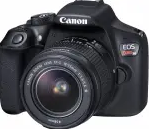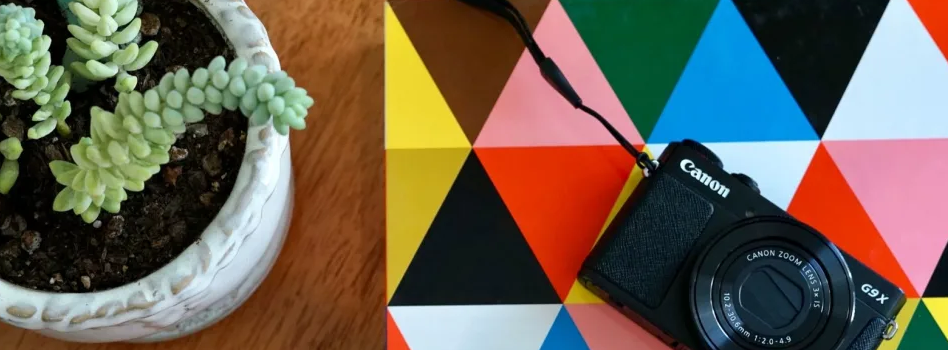
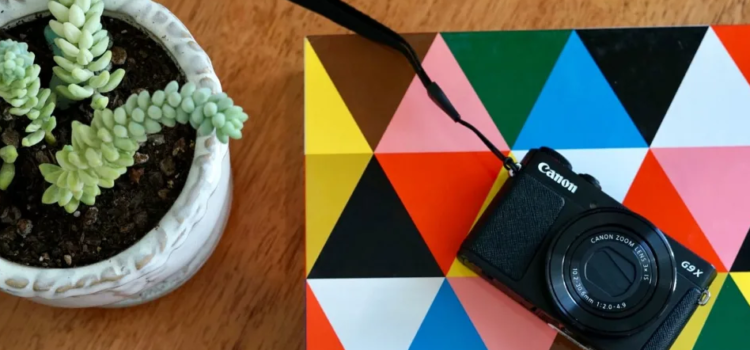
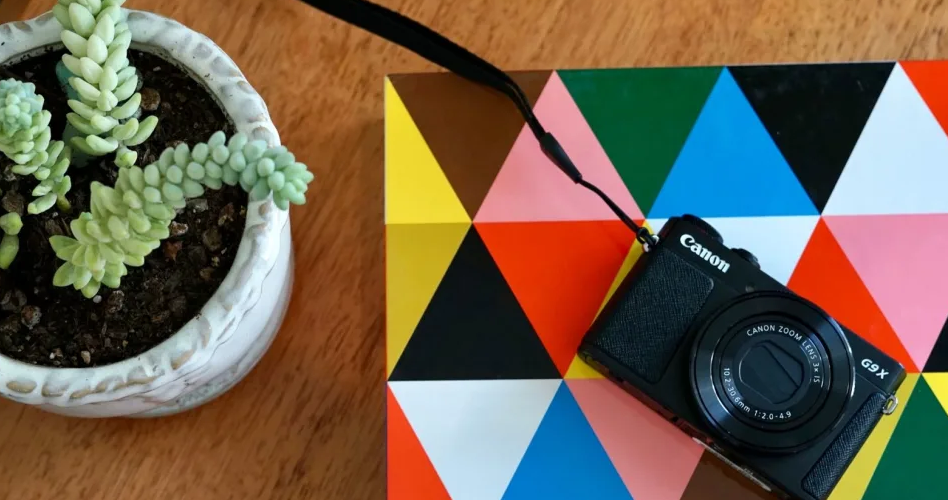
If you’re just starting to get serious about photography (or buying a camera for someone else), then finding a great camera is the first step. The hardest part? Finding a high-quality camera that is both advanced enough that you can learn what you need while also not being so intimidating you’ll give up after a month.
After weeks of research and testing the best beginner-friendly options under real-world conditions, we concluded that the Nikon D3500 (available at Amazon for $396.95) is the best camera for a beginner. This camera puts out high-quality images, it has simple automatic modes and manual controls, and it works with decades of Nikon lenses—from high-tech modern zoom lenses to classic prime lenses you can find at a yard sale.
If you don’t want a bigger camera with interchangeable lenses, but want to up your photo game, the Canon Powershot G9X Mark II (available at Amazon) is a fast, compact camera with great image quality and an easy-to-use touch interface.
These are the best cameras for beginners we tested ranked, in order:
- Nikon D3500
- Panasonic Lumix G85
- Sony A6400
- Canon G9X Mark II
- Canon Rebel T6
- Sony RX100
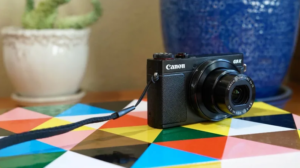
How We Tested
The Tester
I’m Brendan Nystedt, a writer and photography enthusiast. I spent years testing cameras, DSLRs, laptops, and other consumer electronics for Reviewed full-time, and have also written extensively about gadgets and culture for WIRED.
As someone who has a passion for great images, I’m often the person that friends and family turn to for recommendations when they’re looking for new lenses or a great pocketable point-and-shoot. Increasingly, these people in my life are looking for a step-up from their iPhones or Android devices, and even though some people are happy enough with their phones, there’s a lot to be gained from owning a standalone camera still.
For this guide, I used my years of digital camera reviewing experience to make sure our picks were dead-easy to use. I also wanted to make certain that the picks also gave newbie photographers room to grow and learn. After all, it wasn’t too long ago that I was a beginner to digital photography myself, learning the ins and outs of what modern cameras had to offer, and the menus and controls can make a big difference.
The Tests
Each camera we selected for this guide went through a battery of tests designed to reflect its performance in the real world.
We scored each camera on image quality in both dim and bright lighting. We also examined video quality and how well each camera coped with capturing fast-moving subjects such as neighborhood cats and moving cars.
We also scored each camera subjectively, with a specific focus on making sure each camera was approachable, easy to learn, and comfortable to use. After all, it’s no good to buy a camera with the intent of jumping into the world of photography, only to use it once and lock it away in a drawer out of frustration.
To come up with rankings, we weighted each factor that we evaluated to best meet the requirements of a newbie photographer.
What You Should Know About Cameras
What is a DSLR?
A DSLR is an advanced camera that lets you see through the camera’s lens using a viewfinder. The average DSLR has a large sensor that can capture a lot more light than a point-and-shoot or a smartphone camera. Before the advent of modern mirrorless photography, DSLRs were the best digital cameras you could buy and ranged from amateur to professional. Today, they’re still a great option for many photographers.
What does DSLR Stand For?
DSLR stands for Digital Single Lens Reflex. This refers to the internal design of the camera—it has a single lens and uses a reflex mirror and prism to send light from the lens into the camera and to the viewfinder. The optical nature of the DSLR means that instead of looking at a little digital screen inside the viewfinder, you’re seeing through the camera’s lens, eliminating any delay from when the action’s happening and when your eye sees it.
What is a Mirrorless Camera?
A mirrorless camera goes without the moving reflex mirror and prism of a DSLR and instead relies on an LCD screen to show you what you’re about to take a photo of. Whether it’s on the camera’s rear screen or in an electronic viewfinder you put your eye up to, mirrorless cameras can often be smaller than a DSLR because of the simpler design.
How Do I Clean a Camera?
For elements of the camera on the outside (like outer lens elements and displays), use a soft microfiber cloth to gently remove grease and oil. For dust, grab a can of compressed air or an air puffer to blow it away. If you notice dust building up on the inside of your camera, and it impacts image quality, contact a professional to arrange for a deep clean of your camera’s internals.


